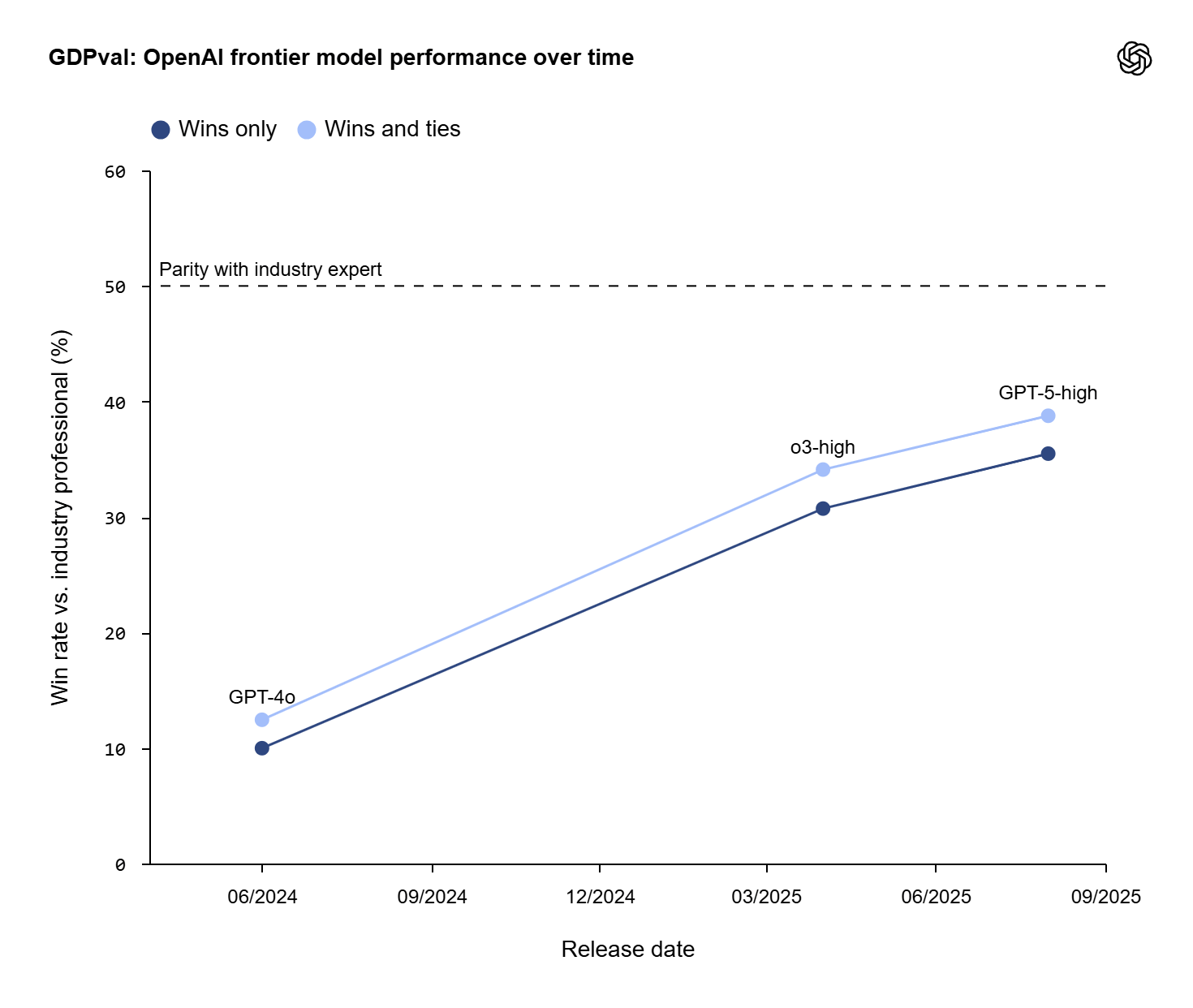- The Profit Elevator
- Posts
- That Don’t Impress Me Much
That Don’t Impress Me Much
Why AI impresses us less over time and what business leaders should focus on instead.

Meh
If you are like me you struggle to get excited about an iPhone launch. Sleeker design, better camera, but overall a sense of marketing where there was once marvelling. Critics highlight what’s missing, such as intelligent Siri or a flip-phone. This is the fate of all technology.
What did you know about artificial intelligence ten years ago? What will you do with it in ten years’ time? It’s eight since I gave my first talk on the subject. It’s less than three since ChatGPT’s launch. Already announcements are met with a shrug.
The better technology becomes the more we expect of it. We get harder to impress. Each leap in capability highlights what is still missing. This is where we are with AI today.
The human ability to adapt is amazing. Yet it ensures we are not amazed for long. This leads us to overestimate near term progress, become disillusioned, and then underestimate what will be possible a decade from now.
The challenge for business leaders is to set aside both the boom and gloom and focus on incremental progress.
Catching Up
Last week OpenAI introduced GDPval. The company could use some of Apple’s marketing pizazz. Its release notes it took more than a decade for the internet and smartphones to go from invention to widespread adoption. In the meantime leaders need a yardstick to measure progress.
OpenAI recognises benchmark coding tests and academic scores fail to capture our imagination. These things don’t matter at most companies. Computer code runs in the background and is expected to work. Services still need tuning to what customers want. After all, the biggest source of startup failure remains the build it and they will come mindset.
GDPval measures machine performance on economically valuable tasks. The first version looks at 1,320 tasks from the nine largest industries in the US. Examples include a legal brief, a customer support conversation and a nursing care plan.
These tasks are not simple prompt responses. They include reference files for context and deliver documents, diagrams, spreadsheets and multimedia. OpenAI admits this captures how far machines have caught up, rather than being a true measure of the ability to adapt.
The company also built an AI evaluator to replicate the role of experts who judge outcomes. It is not as good as the humans yet. Once it is, the AI will be able to train itself.
The initial results show that Claude Opus 4.1 was the best performing model overall, with specific ability in document formatting and slide layouts. GPT-5 excelled in finding domain-specific knowledge. Performance was twice as good as GPT-4o. That’s worth remembering given the muted response to the model’s release.

Source: OpenAI
OpenAI admits that most jobs are more than a list of tasks that can be written down. AI is ready to take on some repetitive, well-specified tasks and do them faster and at lower cost than workers. But it is not ready to replace those workers.
Orchestrating
How should we use this understanding? One way is to change our default response when work needs doing. Rather than delegating to a human we might ask AI first. This is what appears to be behind some of the slowdown in hiring entry-level positions.
Another way is to focus on how tasks fit together to create workflows. This is the contextual understanding of process. For the last three years my work has focused on helping businesses refine processes as a means of increasing margins.
Coordinating tasks is called orchestration. Agentic workflows have an orchestration layer where tasks are connected. My colleague posted last week that prompts will be commoditised, as orchestration becomes the point of differentiation. Understanding how to take tasks and mould workflows remains the way to build a business.
I created a course with 30 processes that every business owner should know. It covers understanding people, marketing, selling, coordination, managing and leading. 30 skills that take a few minutes to understand and a career to master.
This is because businesses evolve and processes must be updated. This will not change with AI. In the near term it will catch up with our ability to execute. It may take ten or more years to match our ability to adapt. In the meantime, business leaders must focus where they have a clear advantage. That is orchestration, whether you use AI or not.
Questions to Ask and Answer
Which parts of your business are made up of repeatable, well-defined tasks?
Which require human coordination, judgement, and orchestration?
When did you last review and update your business processes?
Hit reply to ask me more about Profit Through Process
Reply